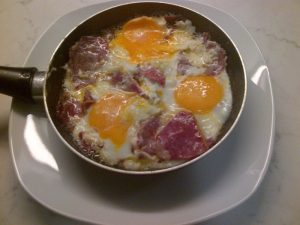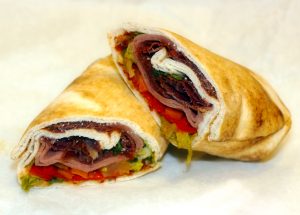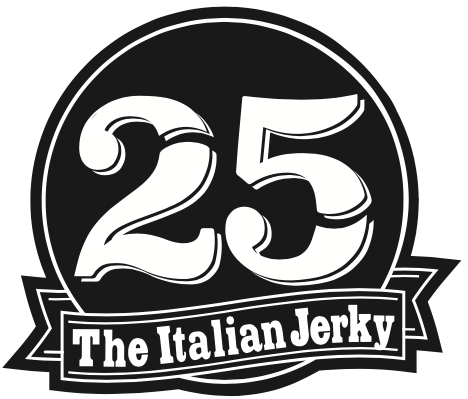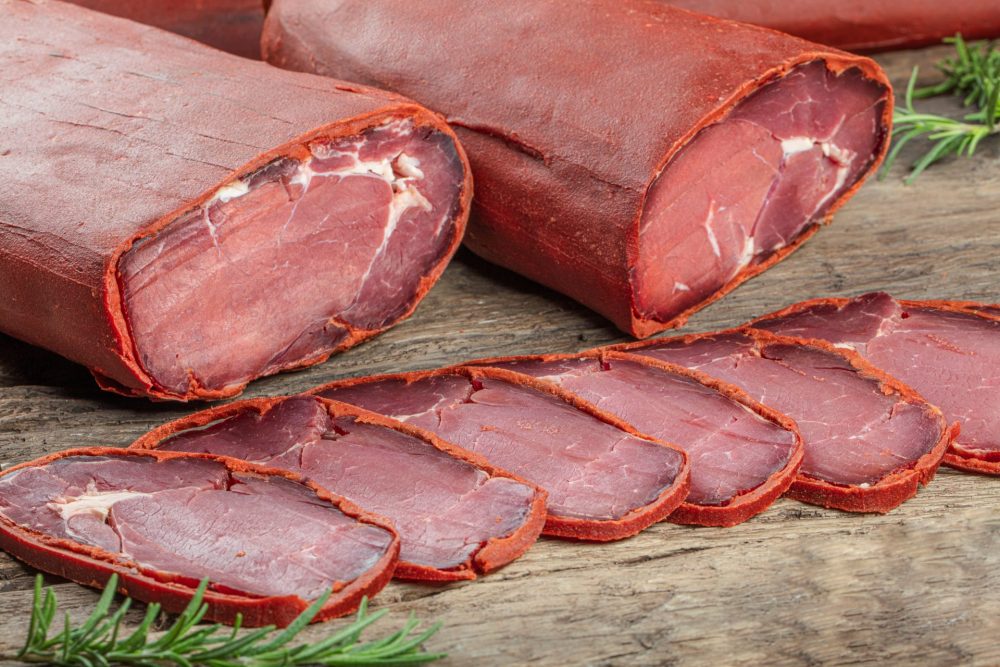The history of the Pastirma
In present-day Turkey, nomadic tradition and Koranic dictates, the Byzantines and the Armenian people have crossed over the centuries.
Mongolian and Hun populations with warrior nomadism spread their traditions of producing and consuming dried meat in the conquered territories.
The Halal food discipline indicates five different ways to consume meat: salted and / or marinated but not dried, dried not fermented, fermented semi-dry / dried, smoked, cooked and / or candied.
The Quran also states that it is permissible to eat dried meat and dried fish. It is mentioned in a Hadith.
From the climate, from nomadic influences, from religious dictates, recipes of dried meat were born.
Pàstırma, basturma, pastiurma, basdırma or basterma, is an air-dried cured beef that is part of the cuisines of Armenia, Azerbaijan, Bulgaria, Egypt, Greece, Iraq, North Macedonia and Turkey.
The tradition was probably brought by the Armenians. In support of this theory, the Arabs teased Armenians with expressions such as “it smells like basturma nearby”, referring to the strong smell of garlic and fenugreek that envelops the pastirma.
The name probably comes from the Turkish “press” (bastirma) or from the Byzantine “akropaston apakin Pastirma” or “well seasoned fillet”. Certainly the origins are lost in the mists of time.
Traditionally based on beef or water buffalo, pastirma can also be made with goat, veal, lamb, camel or horse meat.
26 different cuts of beef produce 26 different types of pastirma. The most valuable are those of fillet, thigh or shoulder.
The meat is salted to dry and pressed (bastirma in fact), then it is wrapped in a spice paste including fenugreek and garlic. The spice blanket keeps insects away during traditional outdoor drying.
The city where Turkey’s most famous pastirma is produced is Kayseri, the ancient Caesarea of the Romans, already populated by the Armenians.
It is a popular dish for breakfast, in omelettes or with eggs. It is used to dress hamburgers, stuff börek or complete a sandwich with cheese. It is an ingredient for a traditional stew made with spinach, tomato, cabbage, chickpeas, white beans and asparagus.



